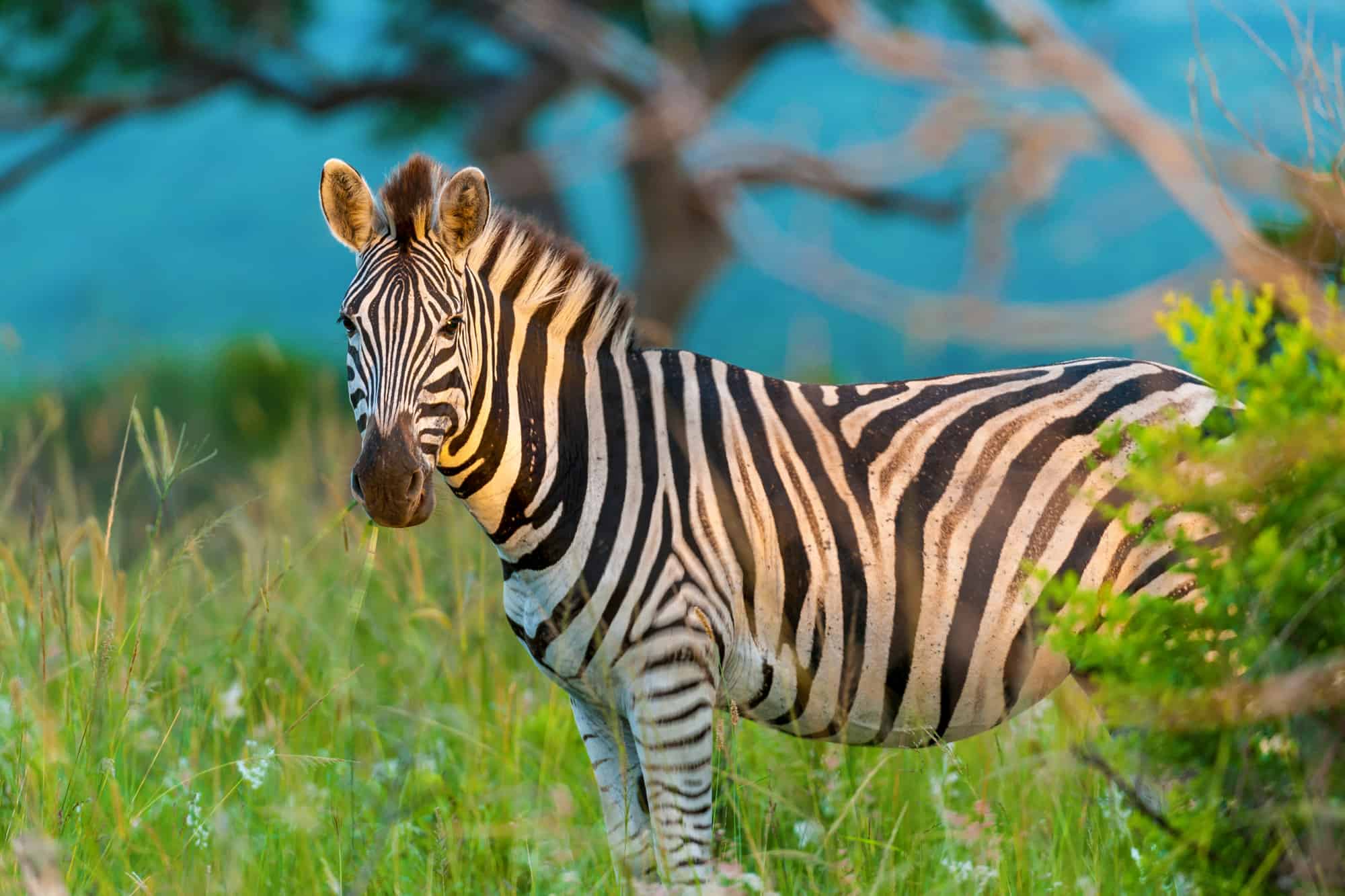
Ever wondered why animals tug at our heartstrings? Or why videos of puppies can turn even the toughest day around? Well, you're not alone in that boat. Animals have a way of making us feel a whole spectrum of emotions, from joy to heartbreak. 20 Heartbreaking Facts About Animals will not only pull at your heartstrings but also shed light on the challenges and adversities our furry, feathered, and finned friends face around the globe. From the plight of endangered species to the struggles of domestic animals, this collection of facts aims to raise awareness and inspire action. So, grab some tissues and prepare to see the animal kingdom in a new, more empathetic light.
Key Takeaways:
- Animal extinction is happening at an alarming rate due to human activities like habitat destruction and overfishing, but there is hope through conservation efforts and individual actions.
- Marine life is in danger from pollution and overfishing, but conservation programs and technology advancements offer hope for protecting endangered species and restoring ecosystems.
Understanding Animal Extinction
Animal extinction is a harsh reality in today's world, with numerous species disappearing from our planet at an alarming rate. This loss affects not only the natural balance but also diminishes the richness of life on Earth.
-
Extinction rates have skyrocketed, with scientists estimating that we're now losing species at 1,000 to 10,000 times the natural rate. Many of these are directly linked to human activities.
-
Habitat destruction stands as the primary cause of extinction. Expansive forests, home to diverse wildlife, are being cleared for agriculture, urban development, and logging.
The Plight of Marine Life
Our oceans, covering more than 70% of the Earth's surface, are not immune to the impacts of human actions. Marine life faces unprecedented threats from pollution, overfishing, and climate change.
-
Nearly 1,000 marine species are at risk of extinction due to plastic pollution alone. These materials, which can take hundreds of years to decompose, are ingested by marine animals, leading to fatal outcomes.
-
Overfishing has led to the depletion of fish stocks globally. It's estimated that if current fishing rates continue, we could see fishless oceans by 2048.
Endangered Animals and Their Struggles
Certain animals have become symbols of the conservation movement, their stories highlighting the urgent need for action to save them from extinction.
-
The vaquita, the world's smallest marine mammal, is on the brink of extinction, with fewer than 10 individuals believed to be alive today. Illegal fishing practices in their habitat are the main threat to their survival.
-
Polar bears, icons of the Arctic, are struggling as climate change reduces sea ice, their primary hunting ground. This loss forces them to travel greater distances for food, leading to starvation and decreased reproductive rates.
Human Impact on Wildlife
Humans have a profound impact on wildlife, often leading to tragic consequences for animal populations around the globe.
-
Deforestation for palm oil production has led to significant habitat loss for orangutans. It's estimated that over 50% of their habitat in Borneo and Sumatra was lost in the past two decades.
-
Poaching for ivory has decimated elephant populations in Africa. In some regions, elephant numbers have dropped by more than 60% in the last decade.
Conservation Efforts and Hope for the Future
Despite the grim facts, there are glimmers of hope as conservation efforts worldwide aim to protect and restore animal populations.
-
Successful conservation programs have seen the bald eagle, once on the brink of extinction in the United States, make a remarkable recovery. Their population has increased significantly since the 1970s.
-
The giant panda, a global symbol of wildlife conservation, has been downlisted from "Endangered" to "Vulnerable" thanks to aggressive conservation efforts in China, including habitat restoration and anti-poaching measures.
-
Community-based conservation projects have shown success in various parts of the world, proving that when local communities are involved in protecting wildlife, positive outcomes are possible.
-
Advances in technology, such as drone surveillance and genetic research, are providing new tools for monitoring and protecting endangered species.
-
International agreements, like the Convention on International Trade in Endangered Species of Wild Fauna and Flora (CITES), help regulate the trade of animal products to protect species from overexploitation.
-
Rewilding projects aim to restore ecosystems to their natural state, reintroducing species that were once native to these areas. These efforts have led to increased biodiversity and healthier ecosystems.
-
Education and awareness campaigns are crucial in changing public attitudes toward wildlife conservation. By understanding the value of biodiversity, people are more likely to support conservation initiatives.
-
Zoos and aquariums play a role in conservation through breeding programs for endangered species, research, and public education. These institutions work to ensure a future for species that are struggling in the wild.
-
Grassroots movements and non-governmental organizations (NGOs) are at the forefront of the fight against habitat destruction and illegal wildlife trade, often putting pressure on governments to enforce conservation laws.
-
Citizen science projects engage the public in data collection, helping scientists track wildlife populations and understand the impacts of environmental changes.
-
Corporate responsibility initiatives are increasingly including biodiversity conservation in their sustainability goals, recognizing the importance of healthy ecosystems for the planet's future.
-
Finally, individual actions, such as reducing plastic use, supporting sustainable products, and advocating for wildlife protection, can collectively make a significant difference in the fight against animal extinction.
A Final Glimpse at Nature's Untold Stories
We've journeyed through a series of eye-opening truths about our animal counterparts, shedding light on the often unseen struggles they face. These stories, from the plight of bees vital for our ecosystem's balance to the silent suffering of elephants in captivity, are not just facts. They're calls to action. Each point underscores the interconnectedness of life on Earth and the urgent need for us to rethink our relationship with nature. As stewards of this planet, the choices we make today shape the world for all its inhabitants tomorrow. Let's carry forward the lessons learned, not just as knowledge, but as a blueprint for change. Together, we can turn the tide, ensuring a future where humans and animals thrive in harmony.
Frequently Asked Questions
Was this page helpful?
Our commitment to delivering trustworthy and engaging content is at the heart of what we do. Each fact on our site is contributed by real users like you, bringing a wealth of diverse insights and information. To ensure the highest standards of accuracy and reliability, our dedicated editors meticulously review each submission. This process guarantees that the facts we share are not only fascinating but also credible. Trust in our commitment to quality and authenticity as you explore and learn with us.


